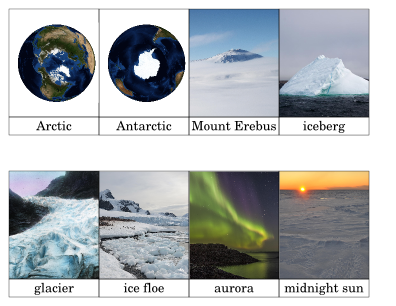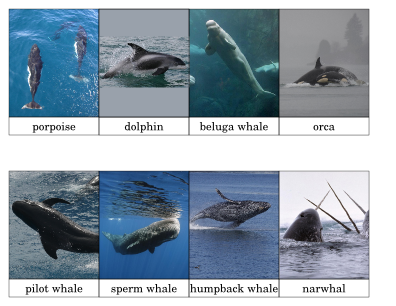The polar biomes have a beautiful frozen marine environment. Check out these free Montessori culture or geography cards at montessorimom.com


The polar biomes have a beautiful frozen marine environment. Check out these free Montessori culture or geography cards at montessorimom.com

Plankton is the most important part of the food web in the marine Polar ice biome. All life depends on the abundance of this floating biomass in the ocean.
Check out the Zooplankton newsletter and free reading cards at montessorimom.com


Some whales travel long distances to feed on the abundant plankton ,fish and mammals in the Polar ice biomes.
Their voyage is incredible. Check out the free whale newsletter and cards at montessorimom.com.
Studying past biomes can bring history to life.
My daughter did a biome report about the Great Lakes region of New York. She studied the past population of Native Americans, especially the Iroquois.
The Iroquois were very organized politically
and had something similar to our United Nations with other Native American tribes. We visited some areas where they may have held great gatherings or “UN council meetings”. Also, she studied the habitats, animals, plants, housing and clothing that were part
of their biome. She found plants and animals that were well adapted to this ecosystem and a part of the
economic system of the Iroquois. She compared and contrasted some of the information of their past biome to our modern biome.
Religion biome research can be very interesting as well. Different weather, animals, plants and raw materials helps you understand past religious events.
Everything can be a fun learning opportunity. The study of biomes can be applied to historical events. The main element that makes a biome unique-compared to an ecosystem or habitat- is its geographic location. The latitude and longitude of a
biome determine its ecosystem. Also altitude, geographic landforms, water, and weather patterns affect the life forms of a biome.
Here are some links about different types of biomes. Study the historic biomes of Hanukka or the Nativity. You can study any historic or religious event by researching the location and its ecosystem in context.
Here are some more links for ancient maps, customs, food, clothing, and animals of the Old Testament.